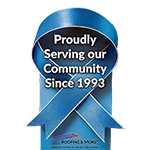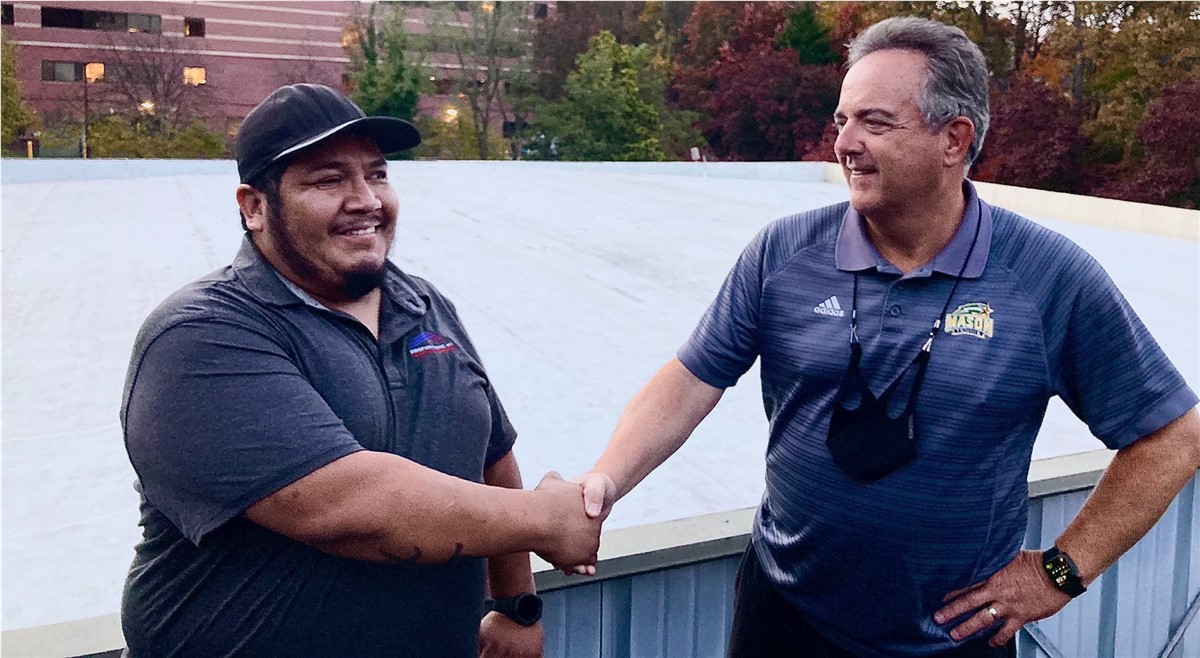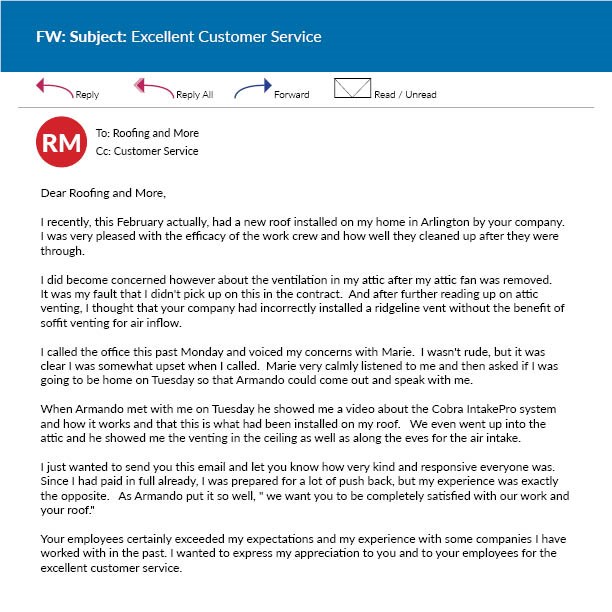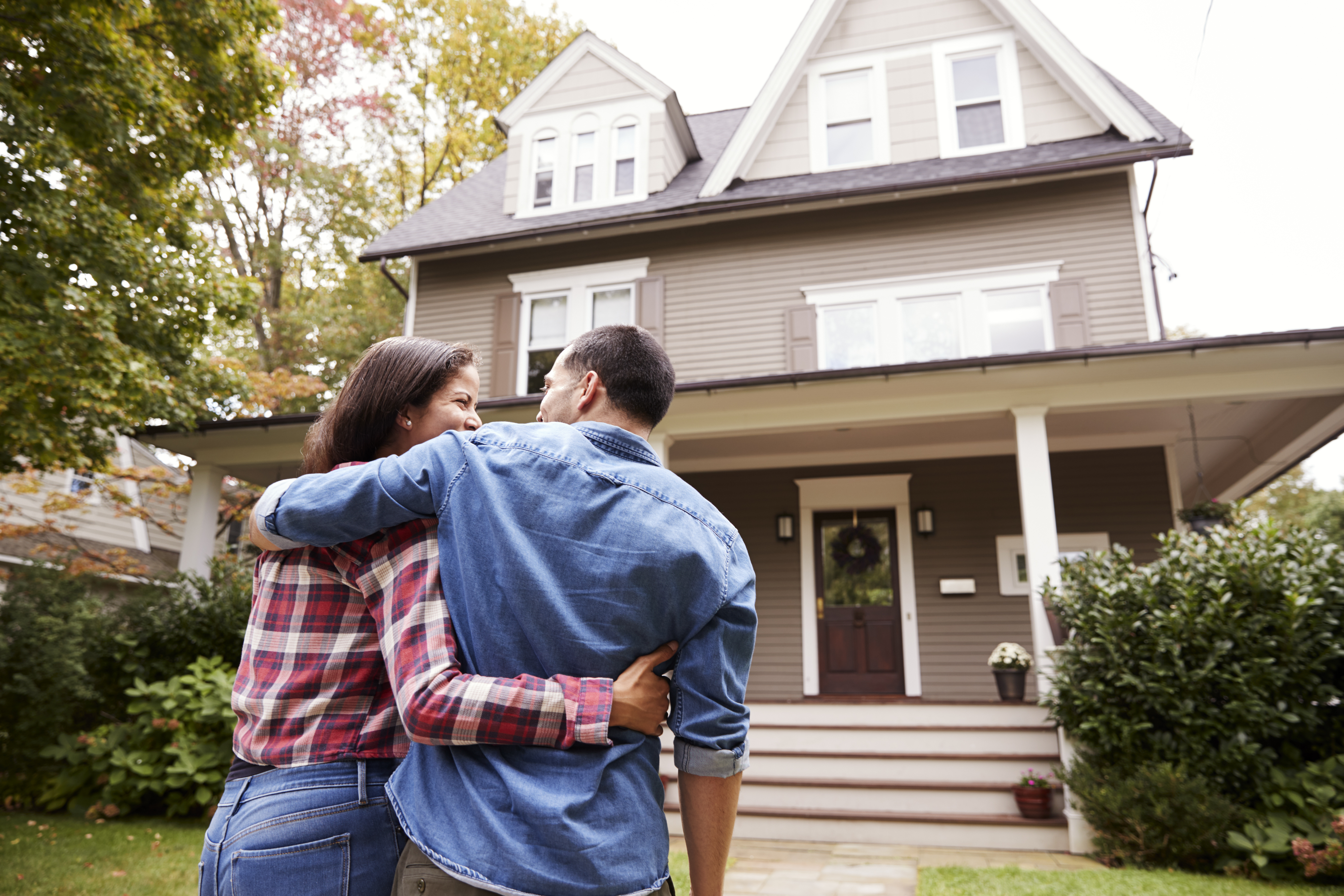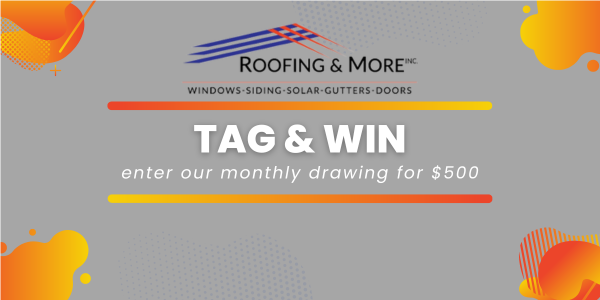Fiber cement siding has been around for a long time, but recently has been gaining in popularity. This type of siding gets its name from its two main ingredients: Portland cement and cellulose fiber. These substances are combined with sand, water and other additives (depending on the manufacturer) to form a tough, durable and stable exterior cladding material.
During manufacture, fiber cement can be formed into long planks. Vertical panels are another option that cover a broader surface area per piece than planks. Most fiber cement manufacturers make a panel that resembles cedar shakes. Some also make individual shingles and various trim details.
The Advantages of Fiber Cement Siding
Fiber cement offers a number of attractive advantages, including:
- Durability. Fiber cement siding can last for decades. It is highly resistant to impact, termites and other pests, and moisture when correctly installed. Some manufacturers, including James Hardie®, warrant their siding for 30 years against rotting, splitting, delaminating, warping, buckling and swelling.
- Stability. Unlike vinyl, this kind of siding doesn’t expand, contract or bend out of shape, which makes it a great base for paint. Prolonged exposure to a heat source, such as a barbecue grill, will not damage it. Due to its superior stability and resistance to damage from extreme weather conditions, fiber cement can be used in many different climates.
- Visual appeal. Though the look of traditional wood siding is highly desirable in residential construction, wood rots, burns and requires significant maintenance. This has led many building and design professionals to choose alternative siding materials that offer the best of both worlds. Fiber cement products do an impressive job of giving the appearance of wood siding without the inherent problems of wood.
- Convenient. Fiber cement holds paint well and, over the years, will need to be painted fewer times than wood. Fiber cement products can be purchased both primed and primed-and-painted. Paint applied under factory conditions is likely to last longer than conventional paint applied after the siding is installed, resulting in a lower home maintenance cost.
- Fireproof. Large-scale wildfires in some parts of the country have resulted in new building codes that require the use of non-combustible or ignition-resistant exterior cladding materials. Fiber cement offers the highest level of fire protection to meet these requirements.
- Warranty. Because of fiber cement’s durability, manufacturers often warrant their products against defects for decades. Fiber cement requires careful installation by a certified contractor or the warranty will be void.
Roofing & More is proud to be a certified installer of James Hardie® fiber cement siding, the world’s leading fiber cement siding product. The HardieZone™ System provides siding with specific performance attributes relative to our Northern Virginia climate, giving us the ability to put the optimum siding on your home. For more information about fiber cement siding and a FREE in-home consultation, contact us at (703) 828-1620.
Find out how to save on your siding replacement!
Subscribe to Roofing & More Inc.'s Blog

